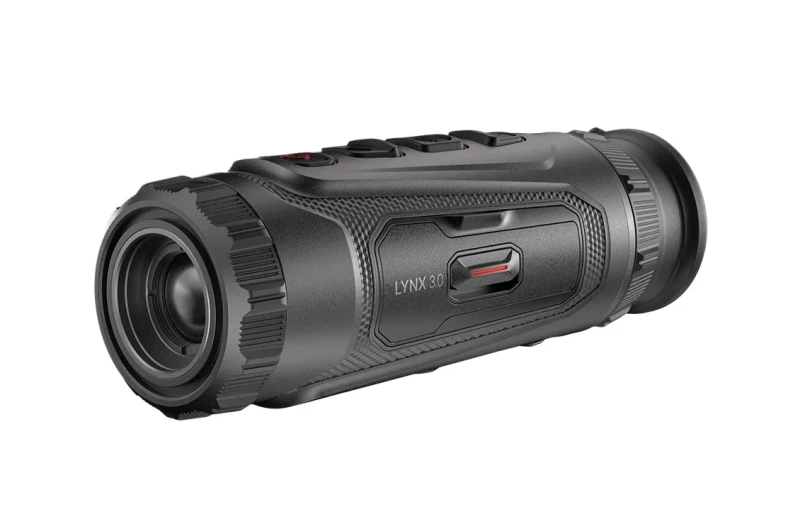The Meteor Astronomy Yearbook is almost a "must-have" for any amateur astronomer with (or without) a telescope.
The first part of the book is a calendar of phenomena, which shows the most spectacular celestial phenomena of the period, with many explanatory diagrams to help you understand them. A practical editorial element is to draw attention to the astronomical curiosities of the month with longer or shorter descriptions (meteor swarms, minor planets, comets, variable stars, deep-sky objects, etc.)
The second part of the book contains interesting and exciting descriptions of the latest discoveries in astronomy. Once again, the authors of the book are some of the best local experts and experienced amateur astronomers with a passion for the subject.
Quote from the MCSE book review:
"From the contents
In the 2022 Astronomical Yearbook, we have tried to present and predict the phenomena that can be observed during the year, as usual in the volumes of the last years. We will draw your attention to the astronomical curiosities of a given month with longer or shorter descriptions (Moon, planets, conjunctions, comets, eclipses, occultations, deep-sky objects, etc.). In doing so, we aim to bring the public even closer to the stars, by purposefully drawing their attention to a particular celestial event. Anyone interested in making and submitting observations can contact the Meteor columnists for further information (contact details can be found on the publication's website: meteor.mcse.hu).
Monthly forecasts are also accompanied by astronomical history of the anniversary.
In the articles of this issue we commemorate the discovery of the Magellanic Clouds five centuries ago, and we also read about the observations of the two dwarf galaxies and the significance of the objects from the point of view of modern astrophysical research (author: László Szabados). 450 years ago, in 1572, the famous Tycho-like supernova appeared in the northern sky, an event that played a significant role in shaping our scientific world view, and the explosion of the star and the subsequent observations can be considered the beginning of variable astronomy, as Endre Zsoldos' article explains. Is there ice in the Moon's polar regions? In his article, Ákos Kereszturi describes an interesting area of lunar exploration, with a glimpse into the future, as the possible presence of water is a key factor for planned expeditions and future lunar bases. András Holl takes us on a journey through the centuries of astronomical yearbooks ? interesting for readers and editors alike, how the publication of astronomical yearbooks in Hungary and the world has evolved.
Our volume traditionally ends with institutional reports.
On the front page, Balázs Benei's photo of the summer 2020 sensation, the NEOWISE comet."




































